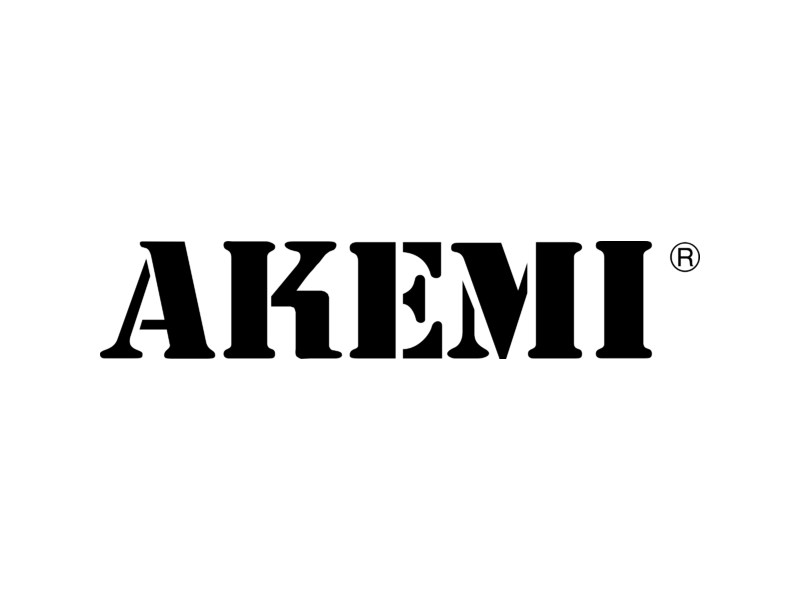I have unusual mortar joint details. Could you explain or can I tell you what I know about the subject?

Pencylling on both brick and stone joints is a form of trompe l’oeil where these colored limes are painted in straight thin lines on the joint. It really is a faux finish to what originally was genuinely designed to have depth and body to an infill material that would last longer as it wore away. New (colonial style) brick buildings, and reproductions of the same at historic sites, often get what is also called a Colonial style “grapevine jointing” the brickwork. This style is often being copied from the original buildings in which the remnant of the style hardly remains evident in regard to the in-fill of colored lime putty. It is often by an oversight, or by a new interpretation of only what is desired from what remains of the original style that the contrasting infill is not included in the new work. This oversight has happened to the degree that a new style all its own has been created, AKA the grapevine jointing in brickwork. Thus, now all repointing is often generically referred to as tuck pointing from the original meaning to tuck in the colored putty within the center of an incised joint. The grapevine joint in brickwork is now made with a jointer which makes a center impression which is close to straight, but not at all as straight as when using a rule to guide the impression. In nature a real grape vine would never normally grow in straight lines or be incised, unless you are pulling a grapevine out of a building’s mortar. Therefore it is just the grapevine joint in stonework which remains true to its name as a convex protrusion. In brickwork, the grapevine joint is a style of modern times. In brickwork a convex protrusion is called a beaded joint.

|
A very authentic historic style of pointing whereby a squared appearance is given to snecked rubble work is the Overhung Ridge joint. Snecked rubble is stonework cut in semi-squared blocks of stone laid in level, uniform coursing. Snecked rubble is sometimes wrongly referred to as Ashlar work. Ashlar work is actually perfectly squared blocks of stone, whether they be actually squares or rectangles, with very tight, (usually less than ¼) joinery. The Overhung Ridge joint is often misinterpreted as one of the ribbon joints mentioned above. Overhung Ridge is a joint that meets the flush face of the semi-squared block of stone above it, having a trailing edge to the stone above it and a ruled edge with a inward bevel meeting to the stone below it. Usually the left side of the head joint has the trailing edge and the right side of the head joint, the ruled edge with bevel. Ecologic™ Mortar G #DGM 250 (greenish ochre-brown colored) Tools- 1/2″ ribbon jointer, loop and a level |
Note that often in Overhung Ridge pointing of snecked rubble stonework, the head joints can be perfectly perpendicular with the horizontally level bed joints or the head joints are angled from the level bedding plane. From a distance this joint appears to make the semi-squared stones seem more squarely shaped. It also makes the joints look a lot like a ribbon joint, which they are not. Although no painted lime lines or additionally material is added on the surface of the ruled lines, the tightly compressed flat area of the Overhung Ridge joint typically dries lighter than the trailing and ruled edge which is scraped away to bleed into the surrounding texture of stone. This gives the appearance of a painted ribbon joint, but is not to say that in some instances pencylling was not still carried out. In Chestnut Hill, Philadelphia many original Overhung Ridge pointed buildings throughout Germantown Avenue and all the surrounding side streets can still be viewed.
**Beveled Ridge is also known in various areas as a Beveled Ridge, Colonial Ridge, Inverted-V, V, Beaked, Peaked, Prism, Crown Ridge or as a Pointed joint along with other regional terms for the same thing. The term for placing mortar between any irregularly shaped stone or brick where the mortared sides of the squared unit and/or bed was not first buttered with mortar and then dipped on to its bed is called pointing or it is called repointing when it is renewed. An actually pointed joint, which comes to a peak in the center best describes the most functional shape for mortar placed between irregular sized, random laid rubble stonework because the protrusion of the mortar allows for more material to be weathered away than any joint which is struck back. It also happens that rain coming at an angle toward the building would deflect away from the wall when the force of the rain hits a beveled edge and bounces away. Finally, in randomly laid rubble stonework where the mosaic-like pieces of stone come together to form one unified wall, a hand struck Beveled Ridge joint follows the contours of the stones’ joinery. This allows the size of each bevel to conform with the opening which it fills. This is aesthetically pleasing and is further improved in aesthetic quality when sunlight casts shadows on the lower half of the bevel making wide joints appear half their size. So, the terms Pointing and to Repoint may have remained because of the shape that mortar for this type of stonework was originally designed to have.
 |
Surface pointing, (also known as a “scrub joint” ) is commonly applied as a pasted joint with little depth of material. It is in fact the most common method of “repointing” a whole building but contributes very little. In fact many times this method accelerates deterioration by trapping water in the wall with high concentrations of Portland cement in the mix used. Many “Restoration masons” utilize this method because pasting over the top of slightly recessed joints with a thin overlay goes up very quickly and gives the appearance of a lot of work received for what is a small amount of money charged for the work. In the end, the less savvy building owner thinks that since the entire wall has been “repointed” and the uniform look of all joints being filled is a complete job they received a good value. |
What actually has happened is that the joint profile is not restored to a tooling within the edges of the brickwork but instead is now a flat joint on the faces of the brickwork much wider than the original joint profile.
The fineness of Portland cement and fine play sand made in a 1:1 ratio with little or no lime content is what makes this fine paste. The brittle, often gray Portland cement colored, scrub joint cracks and falls out within a few years.
Where it does not fall out and was filled into deeper voids it helps to keep moisture trapped in the bedding mortar and only allows any moisture in the wall to escape through the face of the masonry unit, if it were to get out at all. A resulting “picture frame” of proud gray mortar remains with hollowed back masonry units as the final irreversible damage. “Tuck pointing” is what some inappropriately call the scrub joint. The scrub joint is very similar to grouting the face of tile although the scrub joint is applied course by course on the brick joints. The actual root of the name “Tuck pointing” comes from a narrow keyway cut into the center of a molded brick joint and then filled or “tucked” with a bright white, red or black lime putty to give a more formal and gauged appearance to the brickwork.
Prior to the tucking in of this lime putty a red color wash is first applied to the bricks and mortar joints to give uniformity and aid as a shelter coat. Remnants of this color wash and infill of putty can be found on many historic brick buildings in the eastern states. The “grapevine joint” has taken the place for the name of a true ruled key and tucked joint and what is often reproduced in a restoration effort is simply the grapevine joint without the proper color wash and lime putty in-fill.










 Example of “brick-filled framing” often found in early house construction. |
 |


















